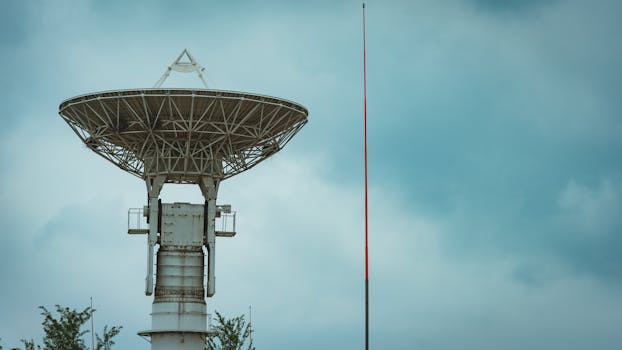GEO Satellites: The Backbone of Global Connectivity – GEO Satellites
GEO satellites, or Geostationary Earth Orbit satellites, are a type of satellite that orbits the Earth at an altitude of approximately 36,000 kilometers, remaining stationary relative to a fixed point on the planet. This unique characteristic allows GEO satellites to provide continuous coverage of a specific region, making them an essential component of modern communication and navigation systems. In this article, we will delve into the world of GEO satellites, exploring their benefits, applications, and the impact they have on our daily lives.
GEO satellites have been in operation for several decades, with the first geostationary satellite, Syncom 2, launched in 1963. Since then, the technology has evolved significantly, with advancements in satellite design, materials, and launch vehicles. Today, there are hundreds of GEO satellites in orbit, providing a wide range of services, including television broadcasting, telecommunications, weather forecasting, and navigation.
Applications of GEO Satellites
GEO satellites have a wide range of applications, from providing television programming to enabling global communication networks. Some of the most significant applications of GEO satellites include:
Television broadcasting: GEO satellites are used to transmit television signals to remote areas, providing access to a wide range of channels and programming. This has revolutionized the way we consume entertainment, with many households relying on satellite television for their daily dose of news, sports, and entertainment.
Telecommunications: GEO satellites provide a critical link in global communication networks, enabling voice and data transmission between different regions. This is particularly important for areas where terrestrial infrastructure is limited or non-existent, such as remote or underserved communities.
Weather forecasting: GEO satellites are used to monitor weather patterns, providing critical data for forecasting and warning systems. This helps to save lives and property, particularly in areas prone to severe weather events such as hurricanes, typhoons, and cyclones.
Navigation: GEO satellites are used in navigation systems, such as GPS, to provide location information and timing signals. This has transformed the way we navigate, with many industries, including aviation, maritime, and transportation, relying on satellite navigation for safe and efficient operation.
Benefits of GEO Satellites
GEO satellites offer several benefits, including global coverage, high bandwidth, and reliability. Some of the most significant benefits of GEO satellites include:
Global coverage: GEO satellites can provide coverage of entire continents, making them ideal for applications that require widespread coverage, such as television broadcasting and telecommunications.
High bandwidth: GEO satellites can transmit large amounts of data, making them suitable for applications that require high-speed data transfer, such as video conferencing and online gaming.
Reliability: GEO satellites are designed to operate for extended periods, typically 15 years or more, making them a reliable choice for critical applications, such as navigation and weather forecasting.
Challenges and Limitations of GEO Satellites
While GEO satellites offer many benefits, they also present several challenges and limitations. Some of the most significant challenges and limitations of GEO satellites include:
Signal delay: GEO satellites are located at a significant distance from the Earth, resulting in a signal delay of around 250 milliseconds. This can be a problem for applications that require real-time communication, such as video conferencing and online gaming.
Interference: GEO satellites can be affected by interference from other satellites and terrestrial sources, which can impact their performance and reliability.
Orbital congestion: The geostationary orbit is a limited resource, and the increasing number of satellites in orbit is creating congestion and interference issues.
Despite these challenges and limitations, GEO satellites remain a critical component of modern communication and navigation systems. As technology continues to evolve, we can expect to see new innovations and applications of GEO satellites, further expanding their role in our daily lives.
In conclusion, GEO satellites play a vital role in providing global connectivity, enabling communication, navigation, and weather forecasting. Their benefits, including global coverage, high bandwidth, and reliability, make them an essential component of modern communication and navigation systems. As we look to the future, it is likely that GEO satellites will continue to evolve and adapt, addressing the challenges and limitations of this technology and expanding their role in our daily lives.
